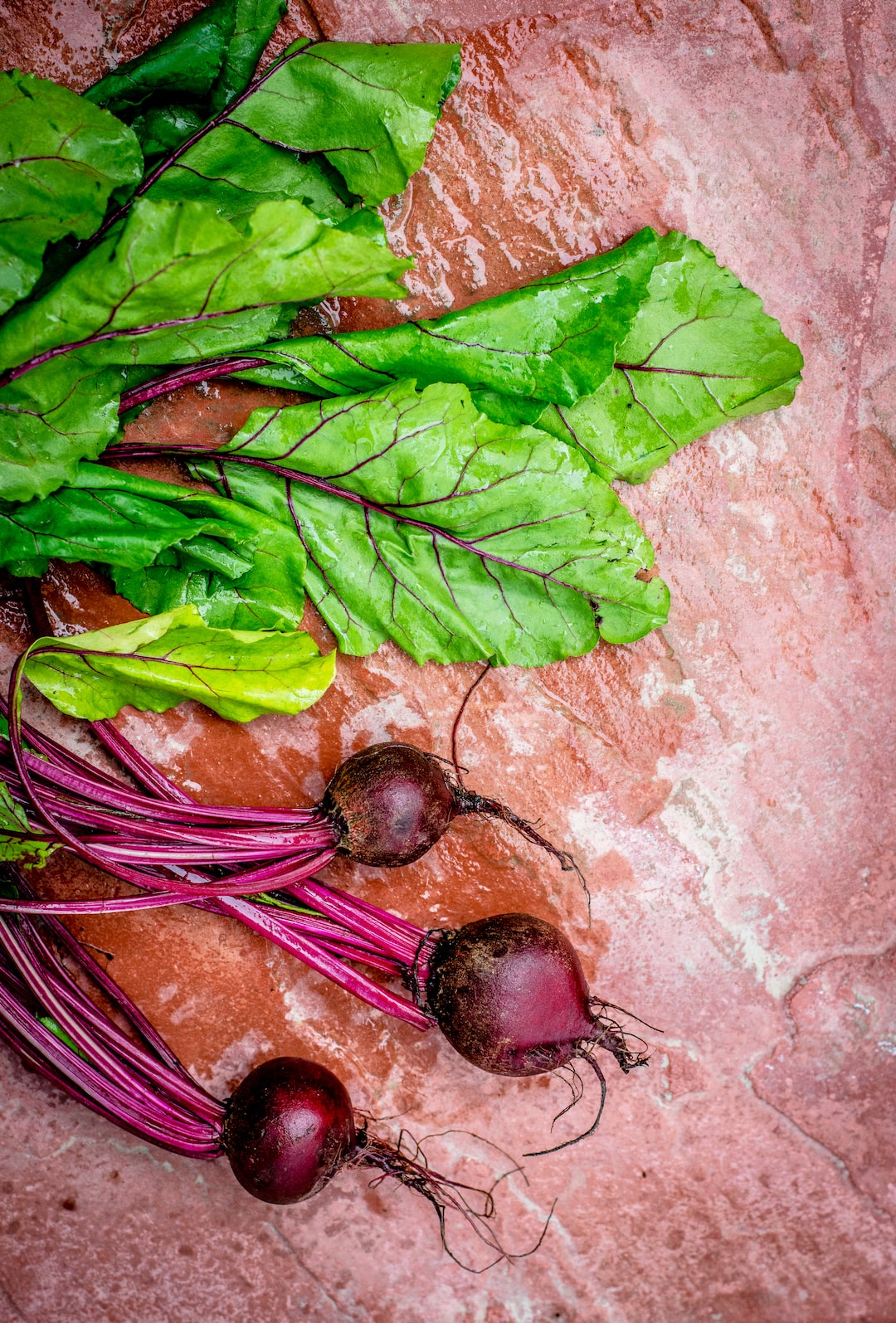Exploring the Rich Diversity of Indian Cuisine
When it comes to culinary experiences, few countries can match the rich diversity and vibrant flavors of Indian cuisine. From the south to the north and the east to the west, India boasts a wide variety of distinct regional dishes that have been perfected over centuries. Let’s embark on a virtual journey across India and discover the hidden gems of this fascinating culinary landscape.
North Indian Cuisine:
North Indian cuisine is known for its rich and robust flavors. It is heavily influenced by Persian and Mughal traditions, resulting in dishes like the iconic butter chicken, biryani, and tandoori kebabs. The extensive use of aromatic spices such as cumin, cardamom, and garam masala creates a symphony of flavors that tantalize the taste buds.
One cannot discuss North Indian cuisine without mentioning the famous street food culture of Delhi. From mouth-watering chaat (savory snacks) like pani puri and aloo tikki to delicious desserts like jalebi and rabri, the streets of Delhi offer a gastronomic adventure like no other.
South Indian Cuisine:
As we move down to the southern part of India, we encounter a completely different culinary experience. South Indian cuisine is primarily vegetarian and is characterized by its generous use of rice, lentils, and coconut. The iconic dosa, a crispy crepe made from fermented rice and lentil batter, is a staple of South Indian breakfast.
In addition to dosas, idlis (steamed rice cakes) and vadas (deep-fried lentil fritters) are also part of the breakfast repertoire. The region is also known for its extensive use of coconut in curries, making the coastal cuisine of Kerala a heavenly delight for seafood enthusiasts.
East Indian Cuisine:
The eastern part of India has a culinary identity of its own. Bengali cuisine, in particular, is renowned for its subtle yet complex flavors. The use of mustard oil and spices like mustard seeds and panch phoron (a blend of five spices) gives Bengali dishes their distinct taste.
Fish occupies a prominent place in Bengali cuisine, with dishes like macher jhol (fish curry) and shorshe ilish (hilsa fish in mustard sauce) being absolute delicacies. The region is also famous for its sweet treats, with iconic desserts like rasgulla and sandesh gaining popularity worldwide.
West Indian Cuisine:
Moving to the western part of India, we encounter the vibrant and spicy cuisine of Gujarat and Rajasthan. Gujarati cuisine is predominantly vegetarian, with dishes like dhokla (steamed savory cake) and thepla (spiced flatbread) being popular choices. The use of ingredients like jaggery, yogurt, and besan (gram flour) lends a unique flavor profile to the dishes.
Rajasthani cuisine, on the other hand, is known for its rich and indulgent dishes. From the famous dal baati churma (lentils with baked wheat dumplings) to gatte ki sabzi (gram flour dumplings in spicy gravy), Rajasthani cuisine showcases the region’s love for hearty and flavorful food.
The Sweet Temptations:
No exploration of Indian cuisine would be complete without a mention of its amazing array of desserts. Indian sweets, or mithai, are an integral part of the culinary culture. From the melt-in-your-mouth gulab jamun to the fragrant and creamy kulfi, Indian desserts offer a symphony of flavors and textures that leave a lasting impression.
The use of ingredients like ghee (clarified butter), saffron, and cardamom elevates these desserts to a whole new level. Whether it’s the festive sweetness of ladoos and barfis or the rich indulgence of halwa and rasmalai, Indian sweets are a treat for every occasion.
In conclusion, Indian cuisine is a treasure trove of flavors and a testament to the country’s rich cultural heritage. Each region brings its unique culinary traditions to the table, creating a tapestry of diverse tastes and aromas. Exploring the plethora of dishes and flavors that Indian cuisine has to offer is truly a culinary adventure that should not be missed. So, let your taste buds embark on a journey, and discover the magical world of Indian cuisine for yourself.

